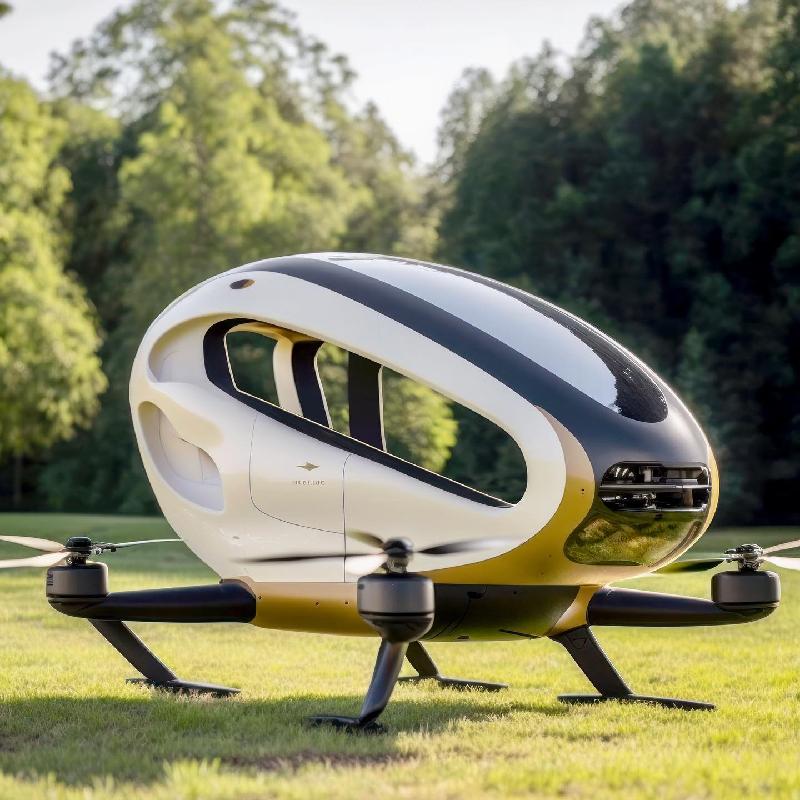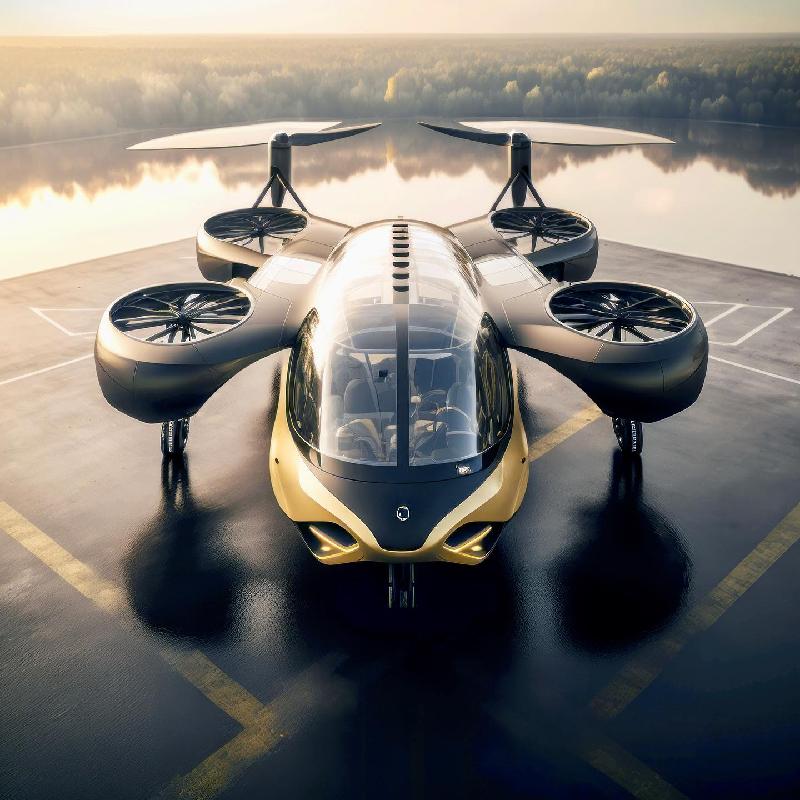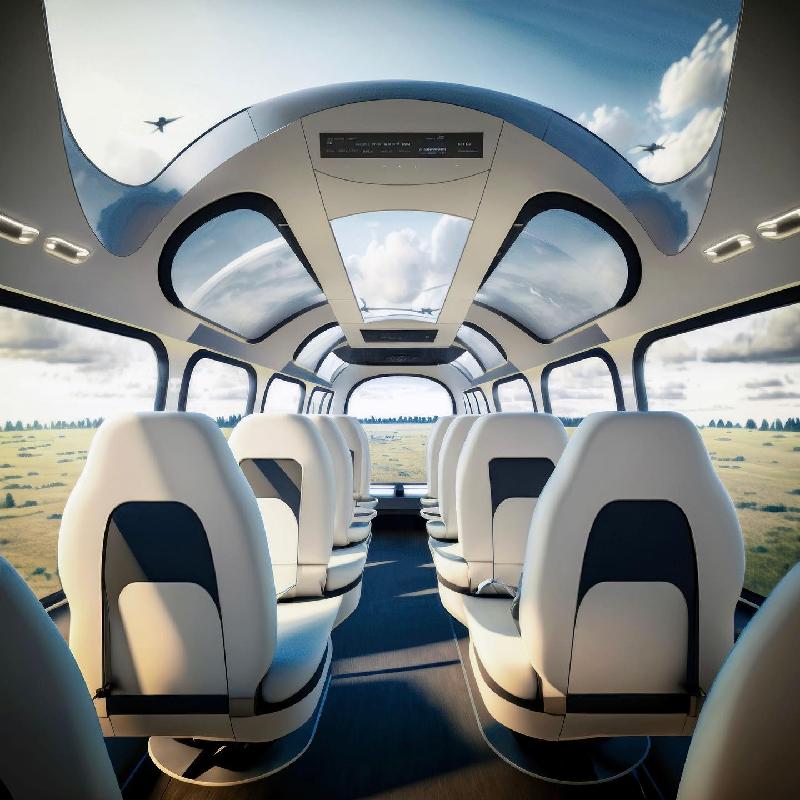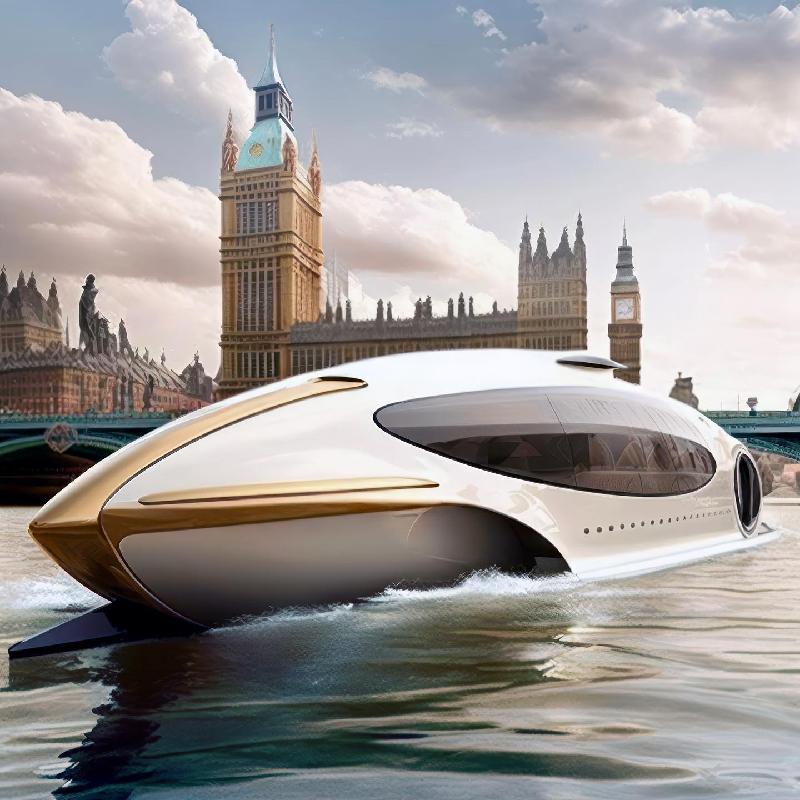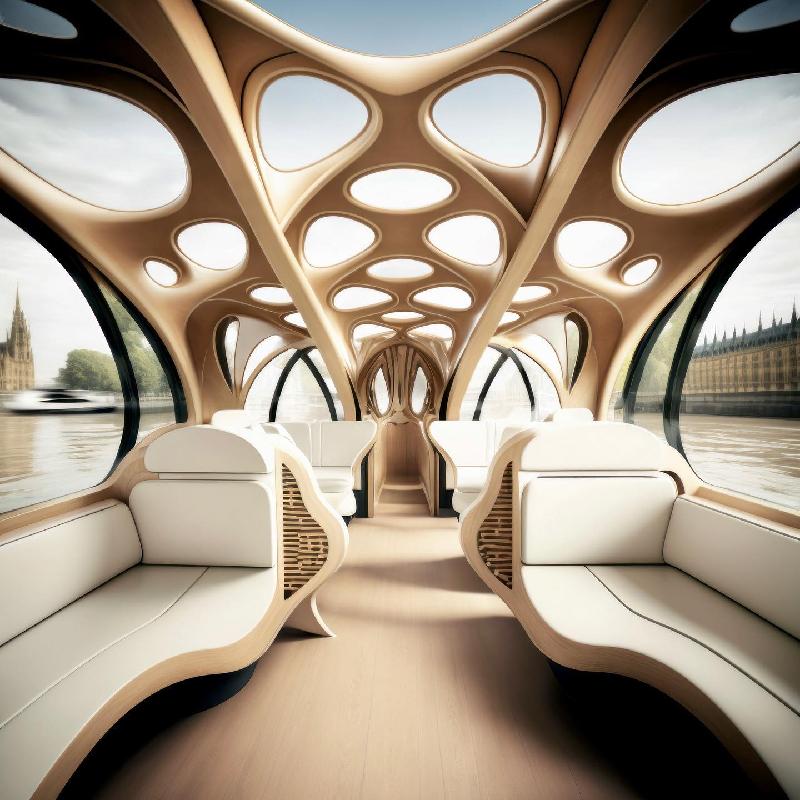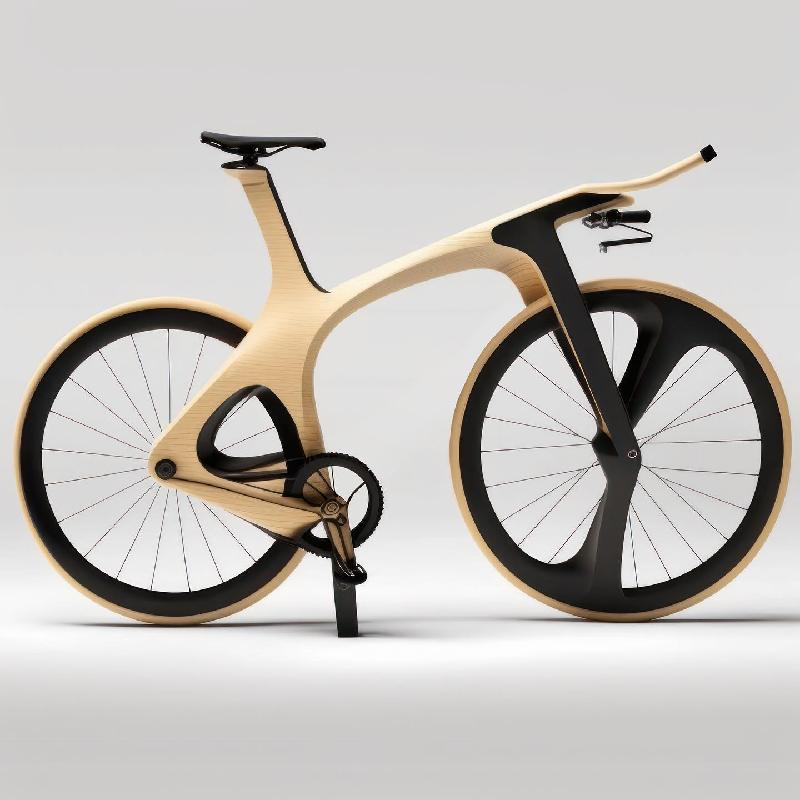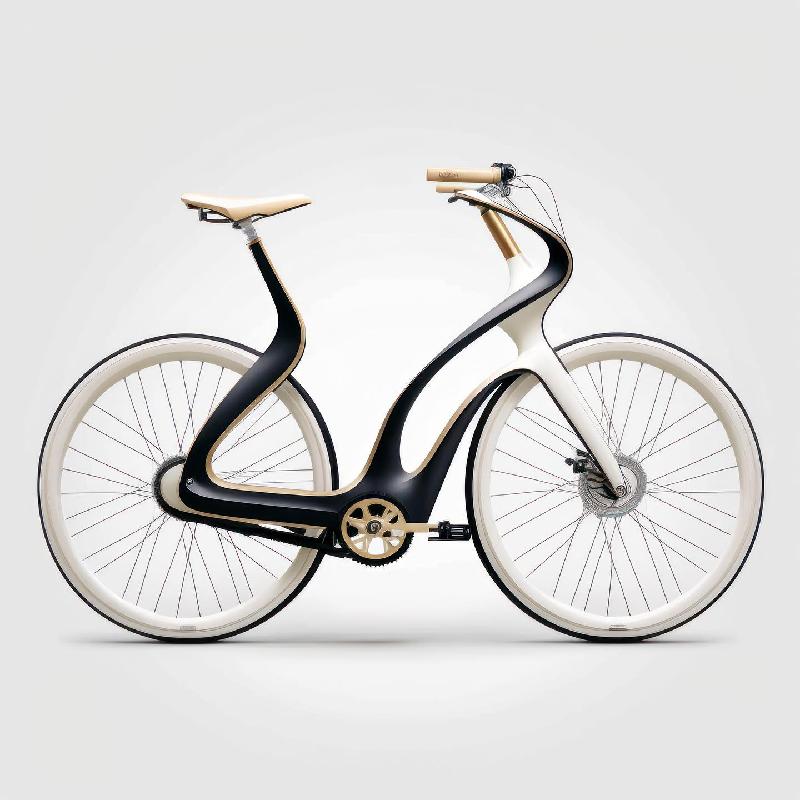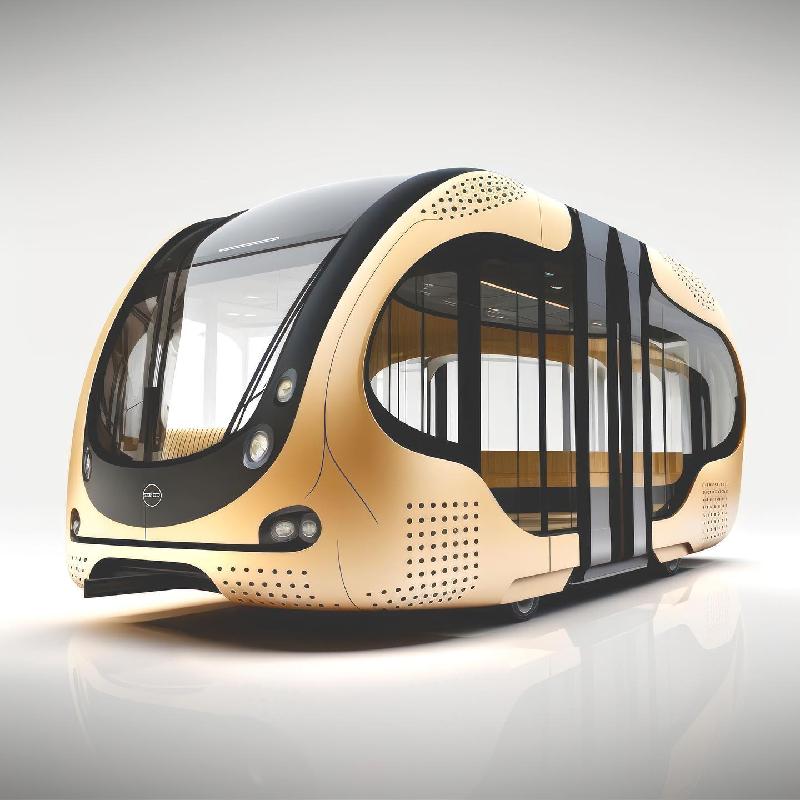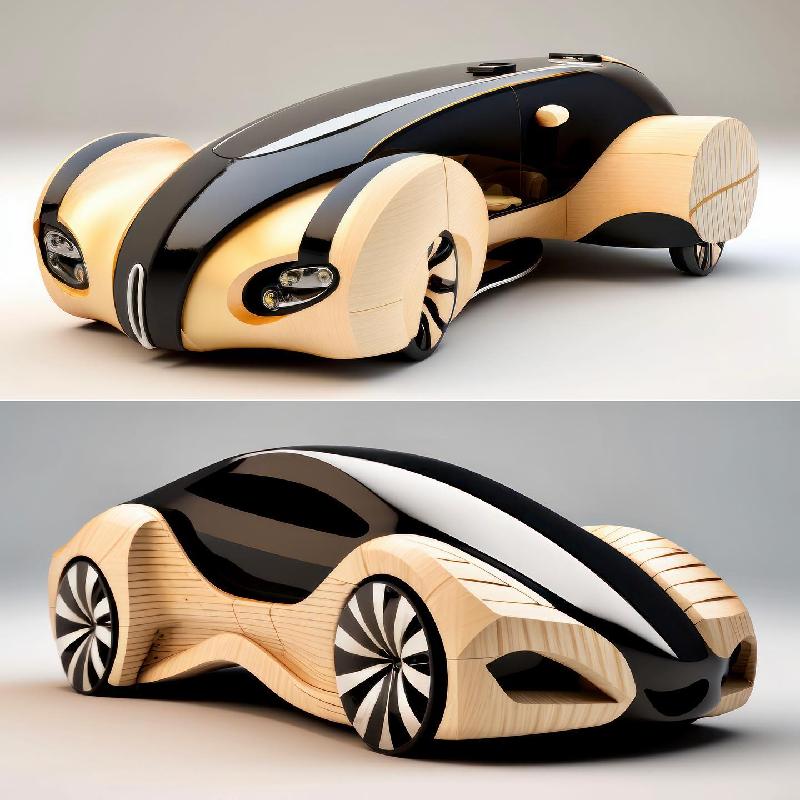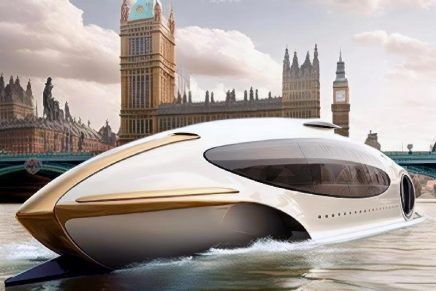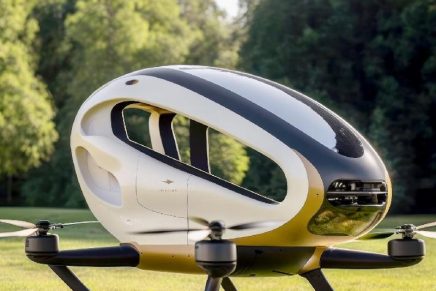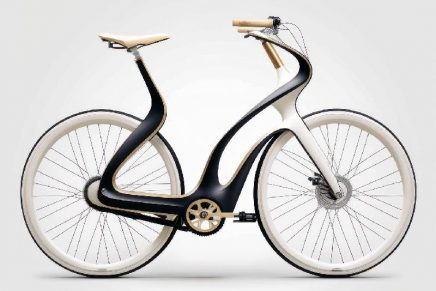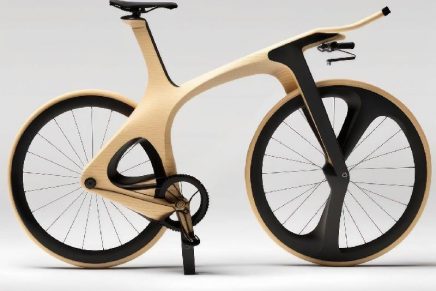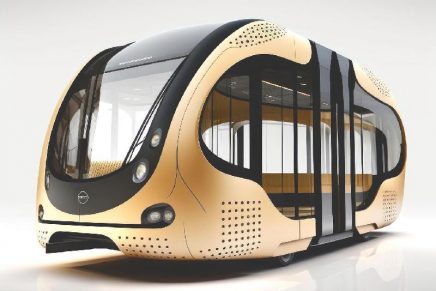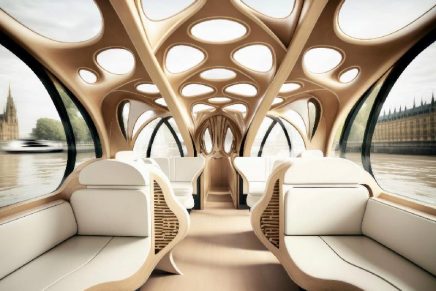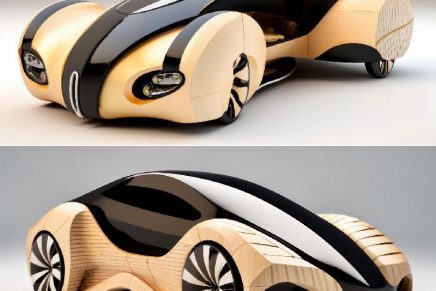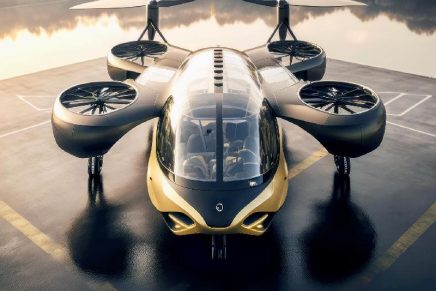The mobility of the future will be more diverse, smarter, more shared, cleaner and greener. Cities must again be there for people, not cars, protecting the environment, say Vincent Callebaut Architectures Studio.
The fact that the transport sector is globally responsible for the largest share of CO2 emissions in the world, 24%, and that each motorist spends an average of 90 hours a year in traffic jams shows that things cannot continue like this. 52% of mobility in the world’s major cities is still done by car.
To develop a multimodal public transport offer, where shared use replaces ownership, Vincent Callebaut Architectures team of architects, assisted by AI, imagined 5 prototypes of soft and collective vehicles campaigning for peaceful and ecological mobility on land, in the air and on the water.
Their common point: ergonomic architectures with a biomimetic design, dedicated to renewable energies (solar, biohydrogen, green micro-algae), and mixing biobased materials (cross laminated timber and engineered bamboo) with recycled materials (recycled aluminum and fiberglass).
“It is the interdisciplinarity of our modes of transport that will allow us to build a resilient and sustainable ecosystem of mobility.” – Vincent Callebaut Architectures.
The design studio imagined a hydrofoil ferry-boat, prototype bikes, drones, flying buses, VTOL aircrafts, and a timber car.
Timber Hydrofoil by Vincent Callebaut Architectures, Wooden Ferry-Boat Prototypes for Sustainable Soft Mobility
To increase the speed of boats and reduce their fuel consumption, hydrofoils boats help prevent loss of speed by removing friction and wave drag from the hull, raising it and keeping it in balance. out of the water, thanks to the lift of a set of profiled and submerged wings called foils.
Offshore racing, sport catamarans, or simply intercity passenger boats, foils are making more and more watercraft fly. Will their design decarbonize maritime and river transport and accelerate its ecological transition? The objective is to offer passengers peaceful navigation, without jolts above the waves, and to use the equivalent of 0.1 kWh of electricity per passenger/km to design ships that are more ecological than an electric bus.
“To relieve traffic congestion in coastal and river towns while reducing the carbon footprint of our travels, the challenge for architects today is to succeed in designing more rational electric flying boats. But also boats that are more virtuous in their life cycle, in terms of greenhouse gas emissions. Self-sufficient boats and producing the energy they need daily via solar panels, wind turbines, and tidal turbines. Boats that consume less when sailing thanks to optimized hydrodynamic hulls and foils. Boats designed with biobased and/or recycled materials that are less dependent on fossil fuels and designed from the start so that they can be completely deconstructed and recycled at the end of their life cycle.” Vincent Callebaut Architectures.
Everyone On The Timber Bike
Timber Bike by Vincent Callebaut Architectures are wooden bike prototypes for sustaianble soft mobility. Aerodynamic geometry, simplified transmission, integrated cockpits, axleless, hubless and spokeless wheels, the bike is revolutionizing our daily lives.
The bike by Vincent Callebaut Architectures is lighter with new hybrid structures, half in cross-laminated wood and half in graphene which has very good conductivity, conducive to incorporating even more artificial intelligence and connectivity.
“In town, bicycles free up traffic lanes, limit pollution, and they are shared in geolocated self-service.Pedaling remains a way to stay healthy, but also, for governments, to make a real public health policy, by reducing cardiovascular diseases and problems related to obesity. Everyone on the bike!” – Vincent Callebaut Architectures.

